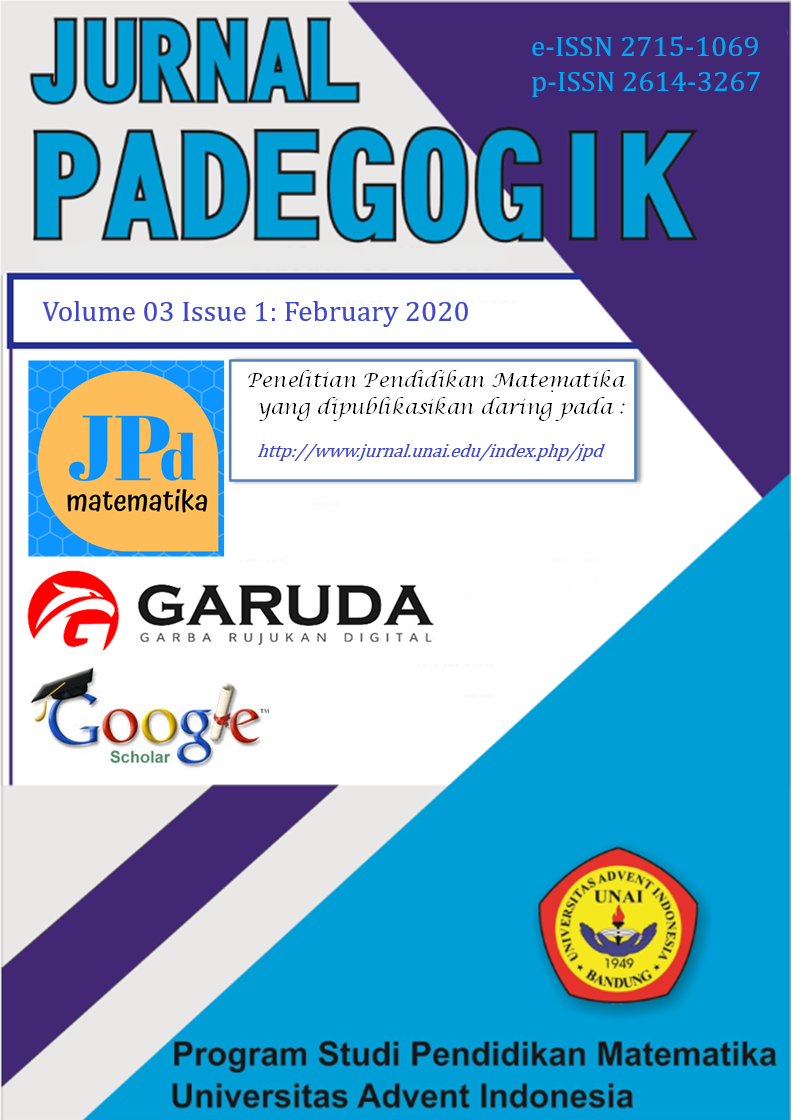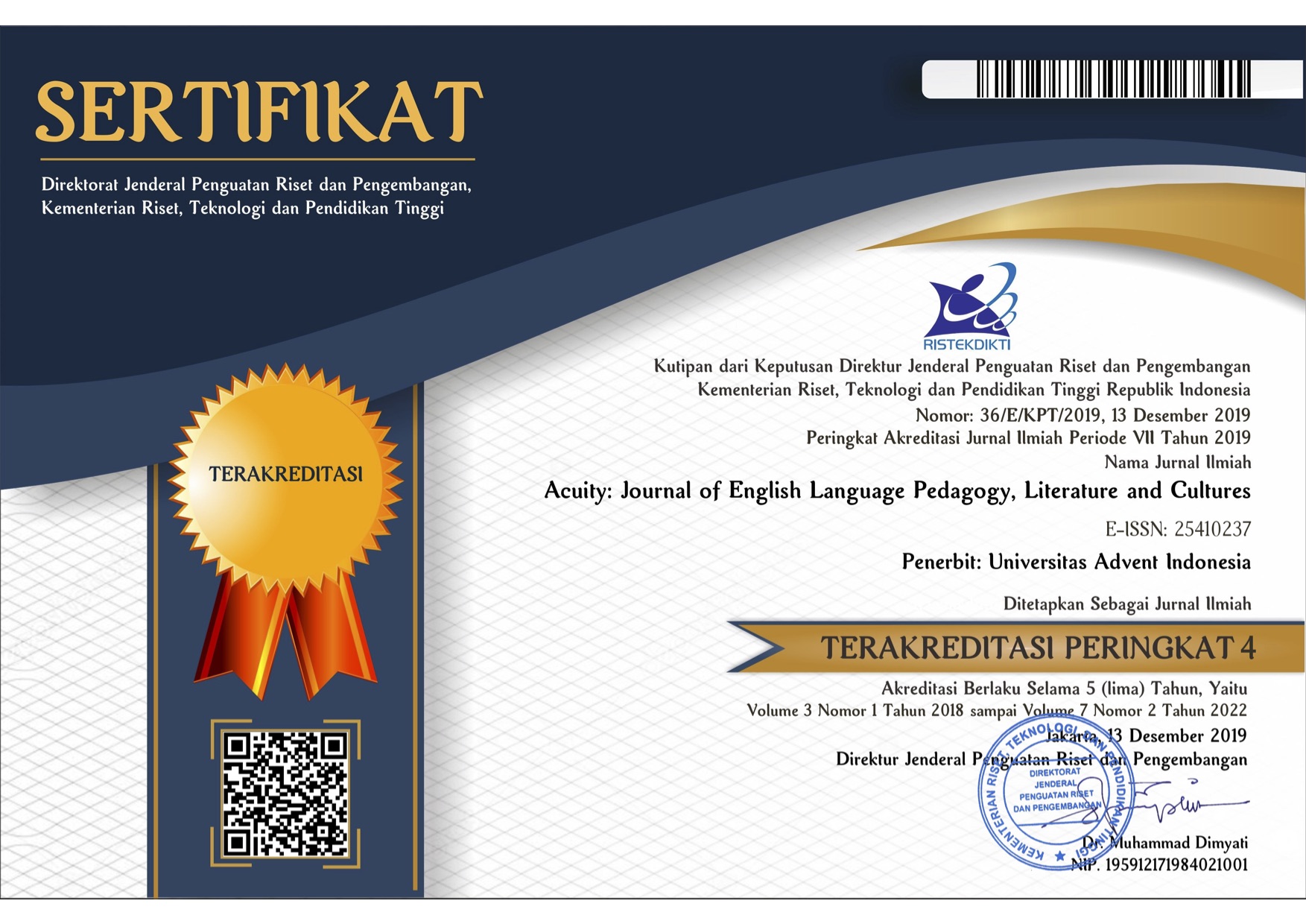Analisis Terhadap Gaya Belajar Siswa Sekolah Menengah Di Bandung
Keywords:
Learning Style, PLSPQ, High School StudentsAbstract
Learning style is a behavior that is intentionally done by students in the form of cognitive, affective and psychological behavior to obtain changes in learning. Information about student learning styles can help teachers determine the learning strategies to be used. This study aims to determine how the learning styles of high school students in Bandung. This is descriptive research, and the sample in this study was 275 students from several secondary schools in Bandung. The learning style measurement instrument used is the "Perceptual Learning Style Preference Questionnaire" (PLSPQ) made by Reid (1987) which states there are six learning styles (visual, tactile, auditory, group or group, kinesthetic, individual), and translated into Indonesian. The results showed that: (1) There were 20.73 percent of students who had only one dominant or "major" learning style. , (2) There are 55.27 percent of students who have more than one dominant learning style, (3) There are 24 percent of students who do not have any dominant learning style. Other results are: The majority of high school students have a kinesthetic learning style (learning through their overall body experience or involved physically in classroom experiences) and or group learning style (learning with other friends in a group) as the dominant learning style.
Downloads
Downloads
Published
How to Cite
Issue
Section
License
The submitting author warrants that
- The submission is original and that she/he is the author of the submission together with the named co-authors; to the extend the submission incorporates text passages, figures, data, or other material from the work of others, the submitting author has obtained any necessary permission.
- Articles in this journal are published under the Creative Commons Share-Alike Attribution Licence (CC-BY-SA What does this mean?). This is to get more legal certainty about what readers can do with published articles, and thus a wider dissemination and archiving, which in turn makes publishing with this journal more valuable for you, the authors.
- By submitting an article the author grants to this journal the non-exclusive right to publish it. The author retains the copyright and the publishing rights for his article without any restrictions.








